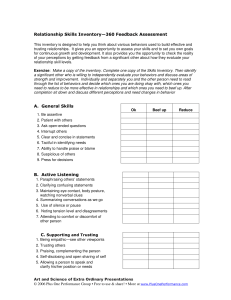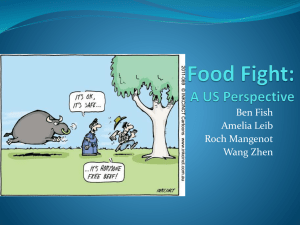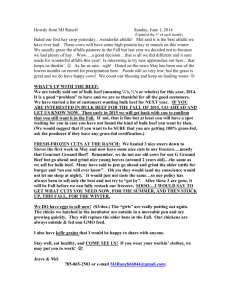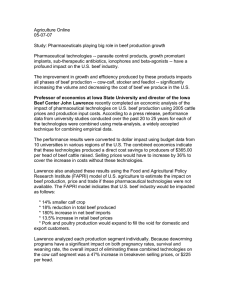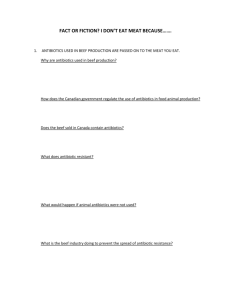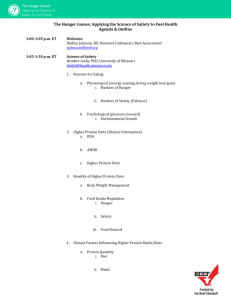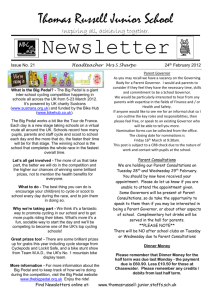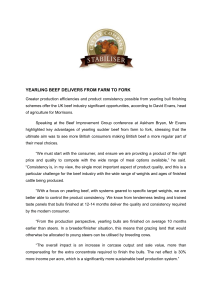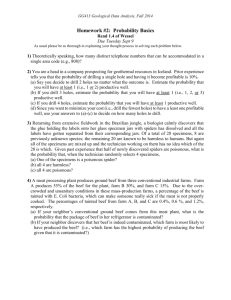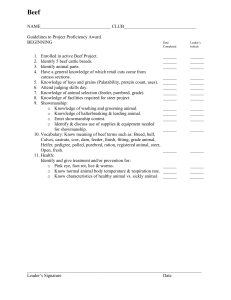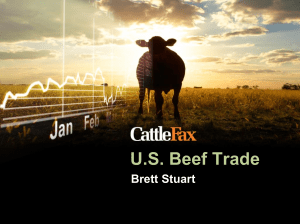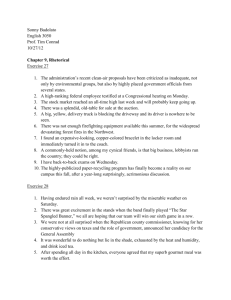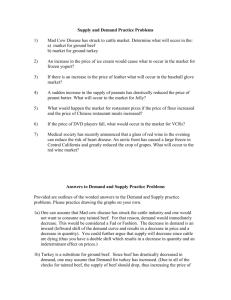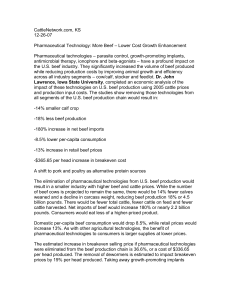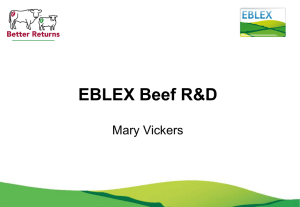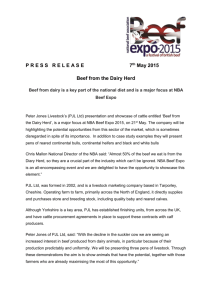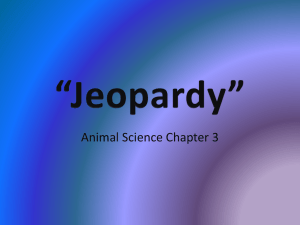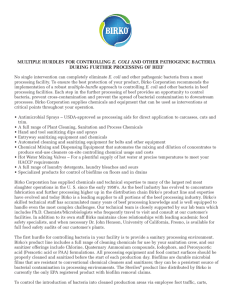Urbanization and Machine Politics
advertisement
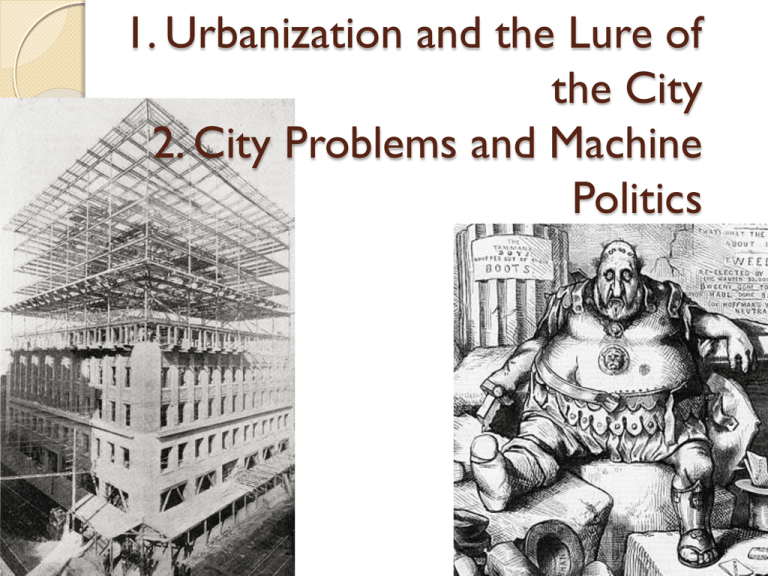
1. Urbanization and the Lure of the City 2. City Problems and Machine Politics GILDED GILDED GILDING Urbanization Growth of cities due to industrialization ◦ Labor and markets 1900 40% Urban population 1920 50+% Changes in Cities Expansion outward Streetcars and transportation ◦ Trolleys, railroads, early subways ◦ Commute Beginnings of suburbs, segregated workers by income The ‘Burbs Upper and middle class escape from city life Factors: ◦ ◦ ◦ ◦ ◦ Abundant cheap land Cheap transportation Cheap construction Ethnic and racial prejudice Privacy/individual homes Frederick Law Olmstead 1900 – suburbs in every major city World’s first suburban nation Skyscrapers Expansion upward 1885 – Home Insurance in Chicago, first with a steel skeleton (10 stories) Wainwrigh t Building Louis Sullivan – St. Louis 1890 (10 stories) Carson Pririe Scott Building Louis Sullivan, Chicago, 1899 (12 stories) ALICO Building Roy Lane, Waco, 1910 (22 stories) Private city versus public city At first, no call for services from government. Cities didn't keep up with the waste, pollution, disease, crime, and other hazards Advocates had to convince citizens and governments to purify water, build sewage systems, waste disposal, police, zoning, etc. City Life Ethnic Neighborhoods ◦ Culture, newspapers, cuisine, language Tenements ◦ Crowded inner-city houses, often one room ◦ Up to 4000 people/block ◦ NYC window law Ventilation shafts ◦ Led to rampant disease Water, isolated oat product, salt, chili pepper, onion powder, tomato powder, oats (wheat), soy lecithin, sugar, spices, maltodextrin (a polysaccharide that is absorbed as glucose), soybean oil (anti-dusting agent), garlic powder, autolyzed yeast extract, citric acid, caramel color, cocoa powder, silicon dioxide (anti-caking agent), natural flavors, yeast, modified corn starch, natural smoke flavor, salt, sodium phosphate, less than 2% of beef broth, potassium phosphate, and potassium lactate. All that plus 36% beef. Thirty-six percent—plus all the above making up for the other 64% of the party in your mouth. According to the USDA, they can't call their mixture "beef" at all. Beef is defined by the USDA as "flesh of cattle", and ground beef is defined as: Chopped fresh and/or frozen beef with or without seasoning and without the addition of beef fat as such, shall not contain more than 30 percent fat, and shall not contain added water, phosphates, binders, or extenders. MACHINE POLITICS Campaigns Elections close. Split electoral and popular vote Congress and President divided Party identity and loyalty Patronage Politics about gaining office, holding office, and providing jobs to faithful Tammany Hall – NYC run by Boss Tweed Issue 1: Civil Service Reform James Garfield – Beset by job seekers. Charles Guiteau shoots him in the back Pendleton Civil Service Act (1881) – applicants took a test to qualify for jobs Civil servants couldn’t make political contributions Issue 2: Currency To expand or not expand Haves vs. Have nots Debtors, farmers, entrepreneurs want expansion Bankers, creditors, investors ◦ Increase in dollar’s value by 300% 1865-1895 ◦ Gold standard Greenback Party Money not backed by Specie like in Civil War Demands for silver money




